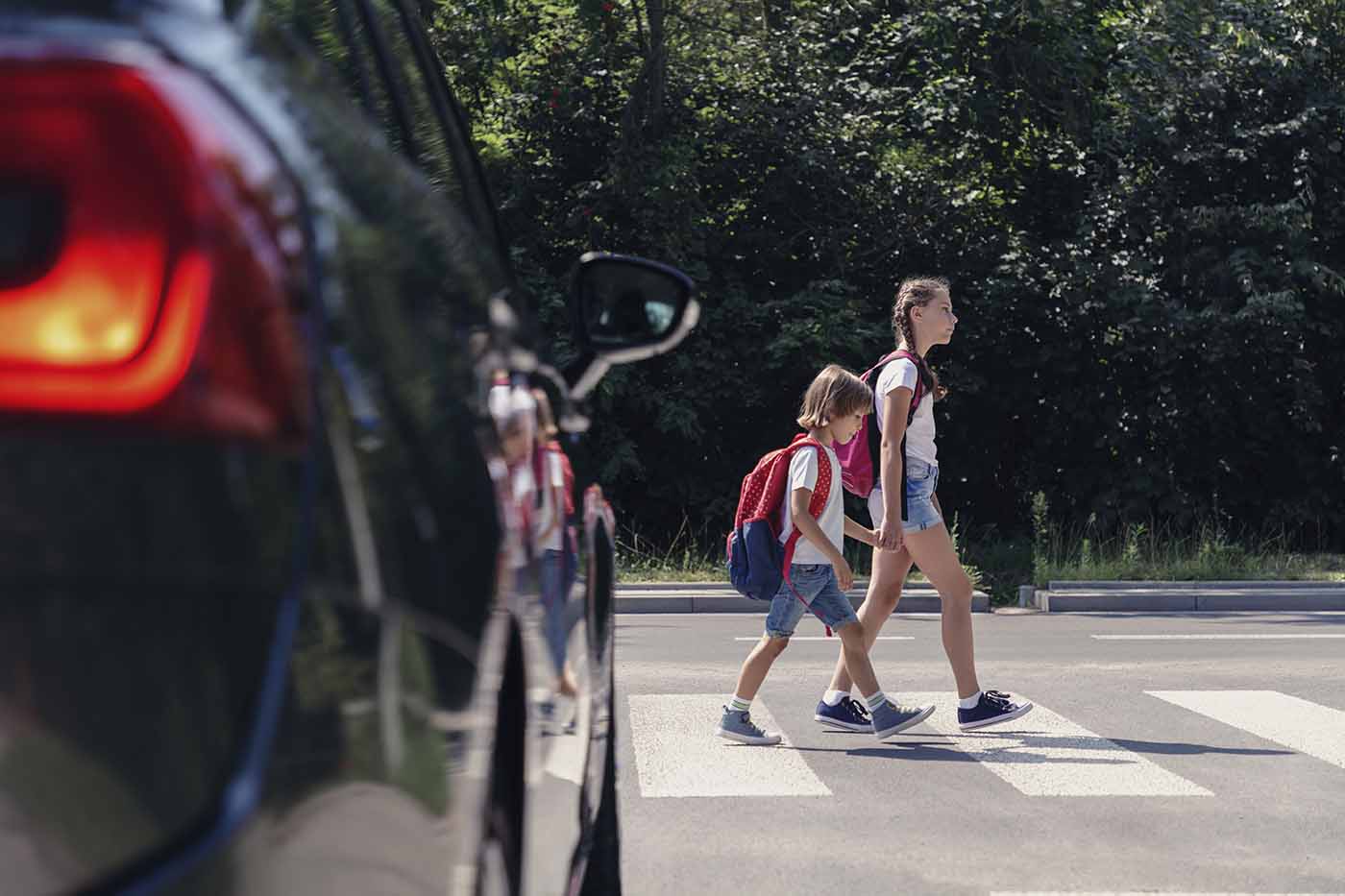
Author
Jennifer Wessel, JD, MPH
Senior Policy Analyst and Data Privacy Officer
Contact
ACHI Communications
501-526-2244
jlyon@achi.net
As a new school year approaches, it is a good time to review some principles of pedestrian and bicycle safety.
Walking or biking to school is fun, encourages physical activity, and helps form healthy habits that could last a lifetime. The Centers for Disease Control and Prevention recommends that children and adolescents get one hour or more of physical activity daily; walking or bicycling to school could help many students meet this recommendation. However, according to the National Household Travel Survey, only 10% of school-aged children walk or bike to school in the United States.
Arkansas communities are working in various ways to encourage young people to be active. Groups in Northwest Arkansas are partnering with All Kids Bike to teach elementary students to ride a bike. College students in the state are also benefiting from expanded pedestrian and biking access on campuses. For example, the Fayetteville Traverse trail is a shared-use trail that connects the University of Arkansas campus with parks and trails throughout Fayetteville. Arkansas State University encourages students to use the Pedestrian and Cyclist Paths system, which includes almost 10 miles of marked bicycle accommodations.
It is everyone’s responsibility to keep students safe while they are actively commuting to school. Here are some tips to consider:
Pedestrians
- Always walk on the sidewalk. If there is no sidewalk, pedestrians should walk facing traffic.
- Use crosswalks when available. Look left, right, and left again before crossing the street.
- Children under age 10 should cross the street with an adult because they may not be able to judge the speed and distance of oncoming cars.
- Avoid distracted walking by putting away phones and paying attention to your surroundings.
Cyclists
- Wear a good-fitting helmet.
- Check your bike before riding. Make sure tires are properly inflated and that the brakes work.
- Ride predictably and where you are expected to be seen and signal your moves, so motorists get a sense of what you intend to do and can react appropriately.
- Always stay alert. Do not wear headphones so that you can hear traffic and avoid dangerous situations. Do not text.
- Follow the rules of the road. The Arkansas Department of Transportation has a helpful resource on cycling laws in Arkansas.
Drivers
- Reduce your speed when approaching crosswalks.
- In Arkansas, drivers must yield to pedestrians crossing within any marked crosswalk or within any unmarked crosswalk at an intersection.
- Be alert in school zones. Arkansas prohibits cell phone use in school zones during school hours when students are present. Fines for a first offense range from $25 to $250, and from $50 to $500 for each additional offense. If the driver is in an accident or collision, the fines double. Individuals could be found guilty of a Class A misdemeanor if the accident resulted in a serious physical injury or death. In addition to penalties, a court may order 100 hours or less of public work service.
- Stop for school buses. Vehicles must stop at least 30 feet from a school bus when the warning signals are displayed.
Additional Tips
- Know the route to and from school. Parents should walk or bike the route with kids in advance to make sure they know the way.
- Encourage children to walk in groups or with a buddy. There is safety in numbers, and walking together can deter potential dangers.
- Avoid using secluded shortcuts.
- Ensure your children have identification and emergency numbers in their backpacks.
- Most accidents happen during poor lighting conditions. When commuting at night, wear bright colors and reflective materials. If riding a bike, make sure the bike has a white light on the front and a red light or reflector on the rear.
- Raise awareness in the community about the importance of slowing down in school zones and being cautious around young pedestrians.





